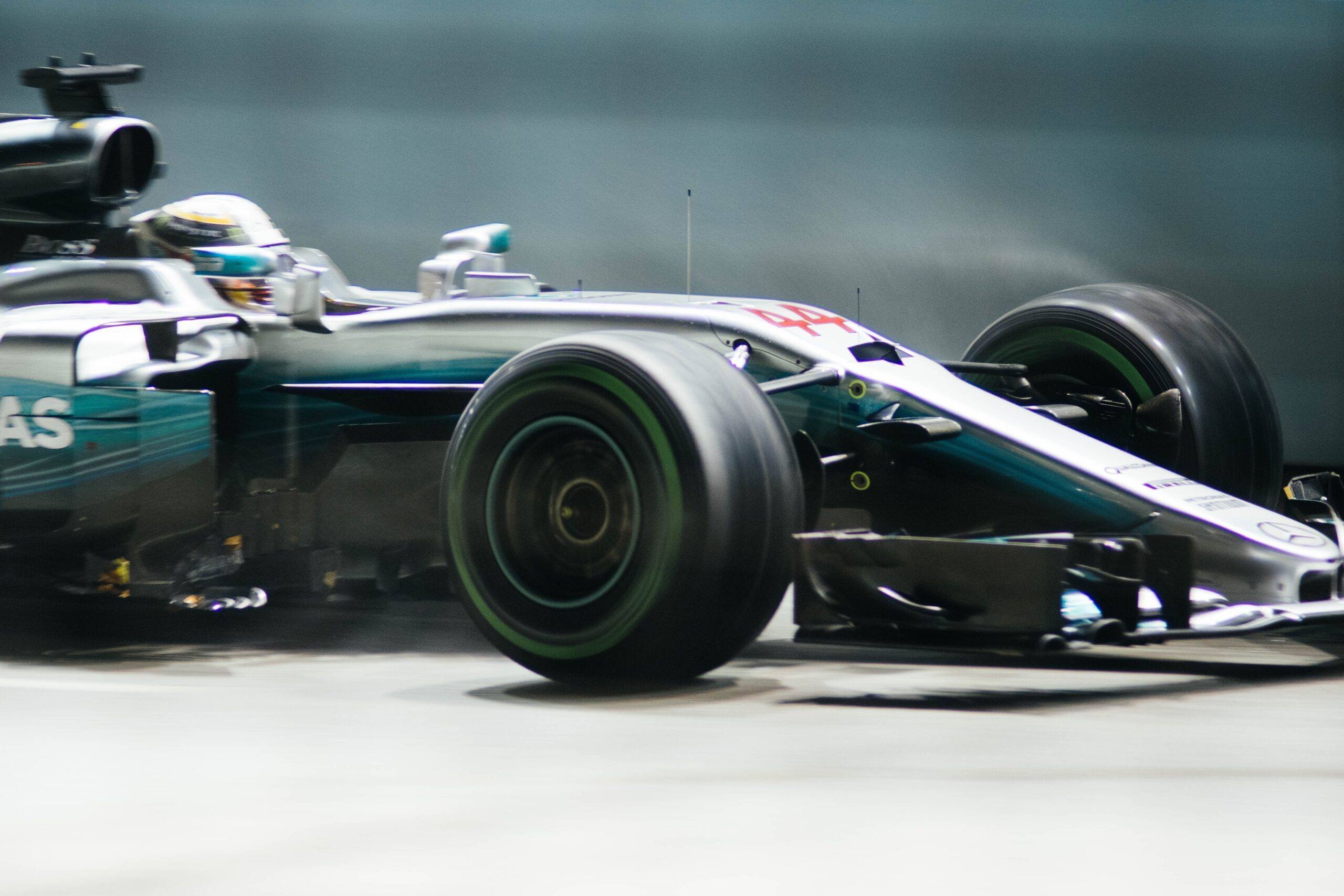Put the Fries Down: What do SaaS and Fast Food Chains Have in Common?

The holy grail of SaaS revenue growth is expansion revenue to existing customers. Over time, SaaS metrics for valuation have shifted from revenue focus to profitability, then to LTV/CAC ratio, and now heavily biases Net Retention. In light of this, there is a trend across SaaS towards building land-and-expand sales motions; acquiring customers with smaller deals and using the customer relationship to increase revenue over time. However, repeated large price increases to your base exposes the risk of damaging your customer relationship. The best option is to cross-sell more products to your existing base.
As a CPO, you have to find a balance between these two competing priorities. How can you satisfy the need to get net retention above 100% while also not creating friction with existing customers who place trust in a subscription price that they can predict from year to year ?
A simple, real world way to think about this is packaging and positioning at your favorite fast food restaurant, like Burger King. The hamburger is your core product and the fries represent the cross-sold one. We can take the analogy a little further and say that upgrading to a double burger is akin to upselling. You may also offer milkshakes, drinks, and desserts… more cross-sell opportunities.
The potential for friction occurs when a SaaS customer feels every few months they are being offered a new menu item to purchase alongside their burger. They may begin to feel nickel and dimed and may start looking for alternatives where a full solution is available at a consistent price. “When the majority of your touchpoints with your customer end up being about a new upsell, it will change your relationship and decrease their satisfaction with your product and service,” says James Wood, VP, Pricing Strategy at Insight Partners.
New entrants to your category will frequently overpromise how full their suite is to steal your customers. This situation increases the risk of churn, which will have a significant impact on revenue growth and company valuation.
So how can you minimize churn and improve Net Retention?
Option 1: ‘All you can eat’ packaging
Stick to a single product offering and increase the price year-on-year This approach lacks any differentiation across different types of customers, and your price will average towards a mean that will price you out of the conversation with some prospects who will conclude your product is out of their budget and / or too robust for their needs. Others will think it’s a bargain, which means you are leaving money on the table. Both of these cases will significantly harm your revenue story and key valuation metrics.
Option 2: A la Carte menu
Offer fries and milkshakes as separate items if there is a (stand alone) market for that. This can also open doors to customers who like someone else’s burger to start coming to you for fries and eventually shift because you now have a relationship.
Be careful though; for each a la carte option you have to decide where you want to be in the market (leader, low cost etc) and that you’ll have to invest in maintaining that position for every item you add on the menu!
As a warning, if the item doesn’t always fit nicely on the menu, it often distracts from the position of the core product. In addition, adding too many a la carte options to your main sales motion will confuse your sales teams and your customers, leading to decision paralysis and harming sales efficiency. Therefore, you should pick ancillary items that are directly adjacent to your core product. Ones that you are comfortable maintaining or increasing investment based on customer demand. Think of this as Burger King or similar burger-centric restaurants offering the Chicken sandwiches instead of starting to sell tacos, which is too far from their specialty.
Option 3: The Combo
What do fast food chains do so that when you order they don’t ask five questions about what additional items you’d like to order? They put them all together as a meal. By combining a burger, fries, and drink into a package targeted at a specific customer they sell all three together. They offer the ability to ‘Super Size’ which is similar to adding users and storage. They also bundle milkshakes, pies and double burgers for other target customers. Just want a basic burger? It’s available, but the relative pricing diverts customers away from choosing this option.
If you’re a smart product leader, you’ll create similar bundles designed for targeted segments. They are purchasing a solution at that point, not a product. If a prospect chooses to only subscribe to your core offering, they know the rest of the package is available as their needs grow, and that they’ll need to pay for it. Your Customer Success team can always follow up to make sure they are satisfied or hungry for more.
The impact of bundling is first that it increases your Average Selling Price (ASP) and therefore each booking increases total revenue more than selling a single product. Beyond that, if a customer has bought into using your product to fulfill multiple jobs, it is harder to leave because they will need to find two competing products. This means your products become stickier, and your LTV generally increases at a faster rate than your CAC. Win-Win for everyone.
How to create the best combos?
First, think about your segments. What additional needs do they have which you are qualified to address? Build additional products for those segments. Cross-sell them like you would fries or a milkshake, and target the existing customers that are most interested in the add-ons. Bundle them for new prospects who fit the profile. Soon you’ll have a significant group of customers who are paying you for more than one product.
Over time, you must continue to advance your core product and these additional-value bundles (those expectations about paying upfront for SaaS tools apply to fries and milkshakes as well).
If in the future a large proportion of your prospects are selecting these additional bundles (and you have a newer thing to cross-sell, e.g. dessert), consider making the older functionality part of the core as default.
As you are creating your combo, be sure to look out for opportunities for M+A and partnership to get you best in breed and best in suite capabilities faster than building yourself. Think about how Burger King now sells the Impossible Burger; they didn’t develop a plant-based protein on their own, but they are capturing the market trend away from animal meats and new customers.
Finally, be sure to keep monitoring the performance of your pricing and packaging as much as your products. They are never “done.” “The most important thing is keeping close to your customers. Keep getting feedback on your pricing, packaging and how your value proposition resonates,” says Wood. “In addition, keep your eye on the market and environment around you in order to stay ahead of the game.”
Your competitors are also constantly trying to find the right balance. They have the same challenges. They are adding menu items and bundles that will attract new customers and your customers. And remember, just because one of them adds tacos to their menu, doesn’t mean you have to follow their lead.









